Menu
Work
About
Contact
The workshop contains theoretical and practical sessions where students learn how to construct a CNC machine from scratch. Topics include stepper motor theory, motion control, CNC control, mechanical principles, motion transfer,precision mechanics, electronics, drivers, temperature control, G-Code programming, CAD CAM programming. Students go through a fast paced learning experience with a lot of hand-on participation to put the theory they learnt into practice.
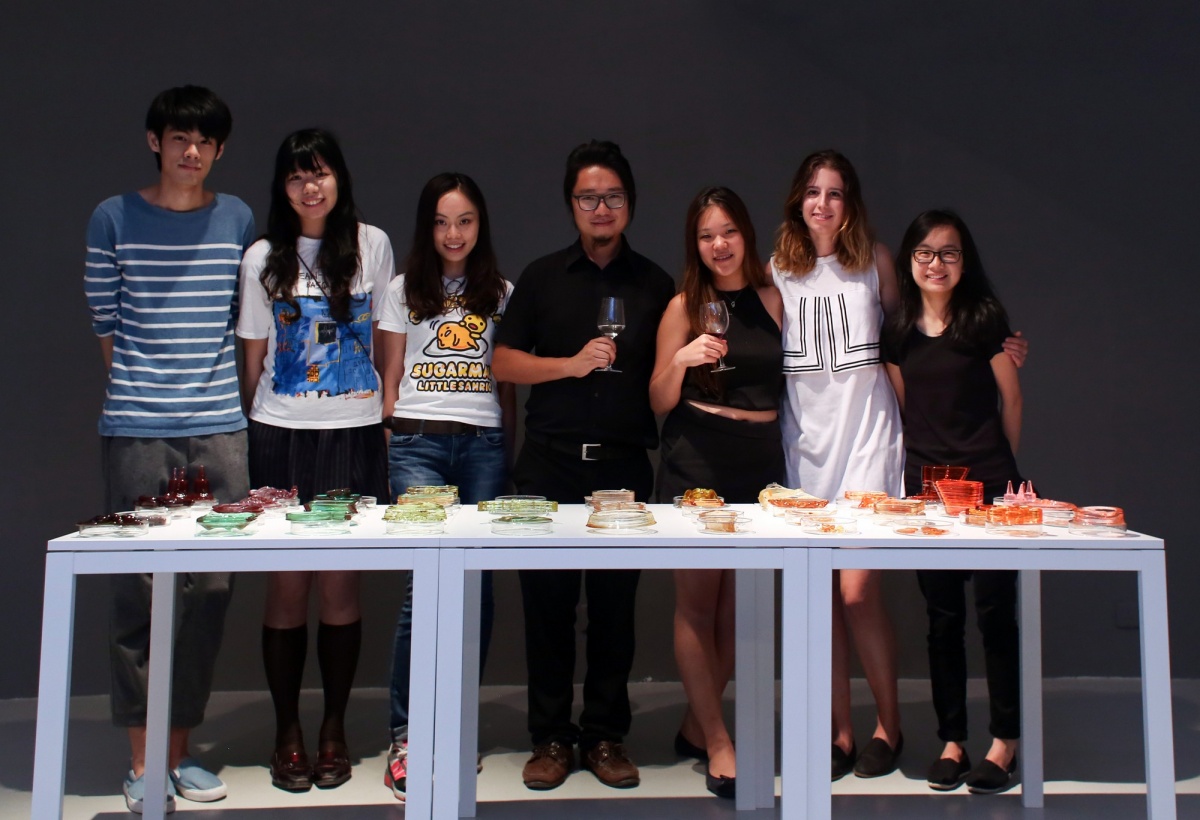
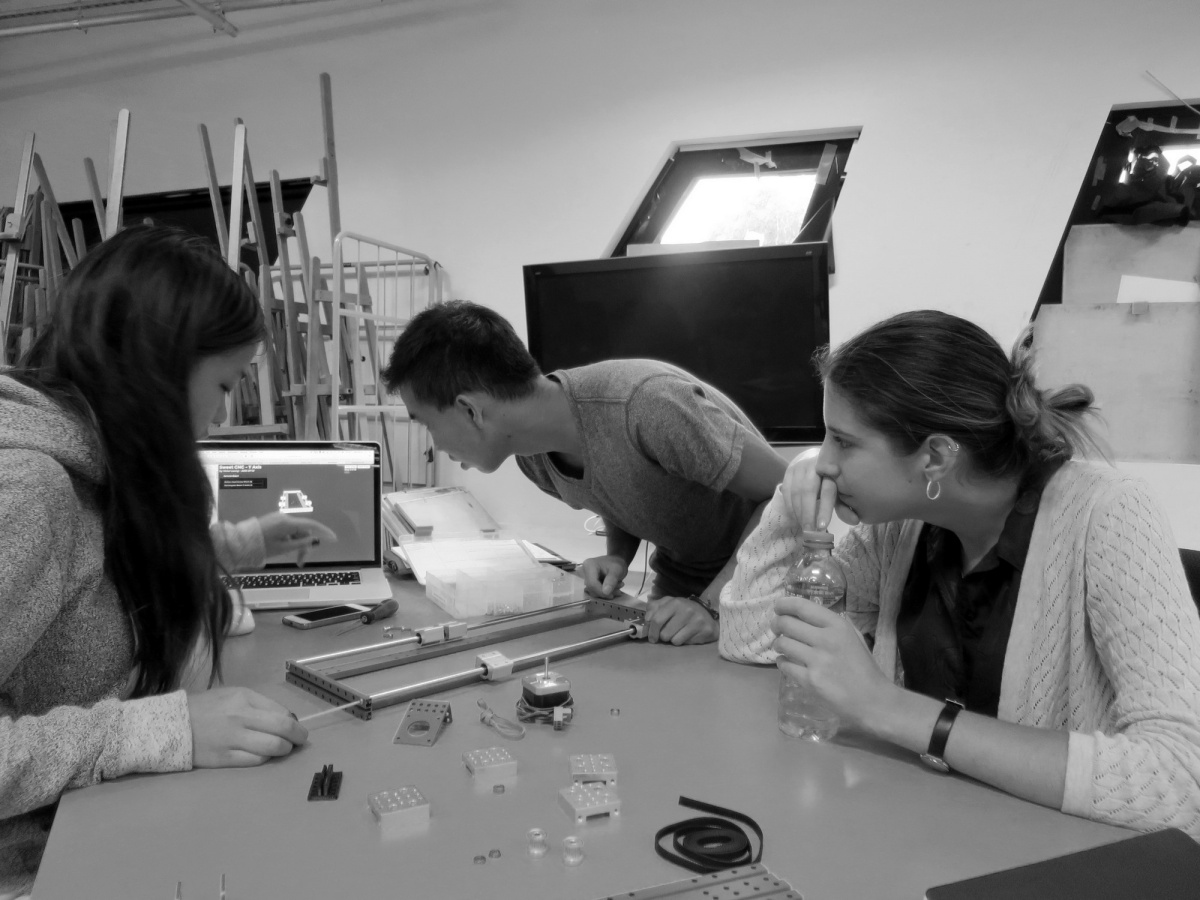
The Sweetest CNC Machine
The sugar 3D printer developed by Victor is an indirect copy from the glass 3D printing project developed in MIT Media Lab. They both used a gravity feeding system from a temperature stabilized reservoir. Chikara Inamura from the Mediated Matter Lab helped designed the sugar printer, explaining the similarity of both molten sugar and molten glass as essentially slow flowing sticky liquid.
While 3D Printing technology is often portrayed by the media as the next manufacturing revolution. The general public typically have little understanding of the complexity involved when selecting and engineering a material suitable for the 3D printing process. The Dunning–Kruger effect seen in many people as they believe almost any material can be 3D printed is uncanny.  On the other hand, the common pessimism (particular in architecture schools) that accuse 3D printers for the lack of materiality, is another naive misunderstanding in the opposite end.
This molten sugar 3D printer designed by Victor serves no practical purpose other than printing colourful sculptures. The sculptures are way too unhealthy to eat, spontaneously melt in high humidity and attracts unwanted insects. However, it’s true purpose is the educational experience for students to explore the technology that enabled 3D printing in detailed depth. Understanding the complexity of CNC controlled robotics and fascinating material science that allowed us to appreciate the 3D printer as a marvel combination of the two science.
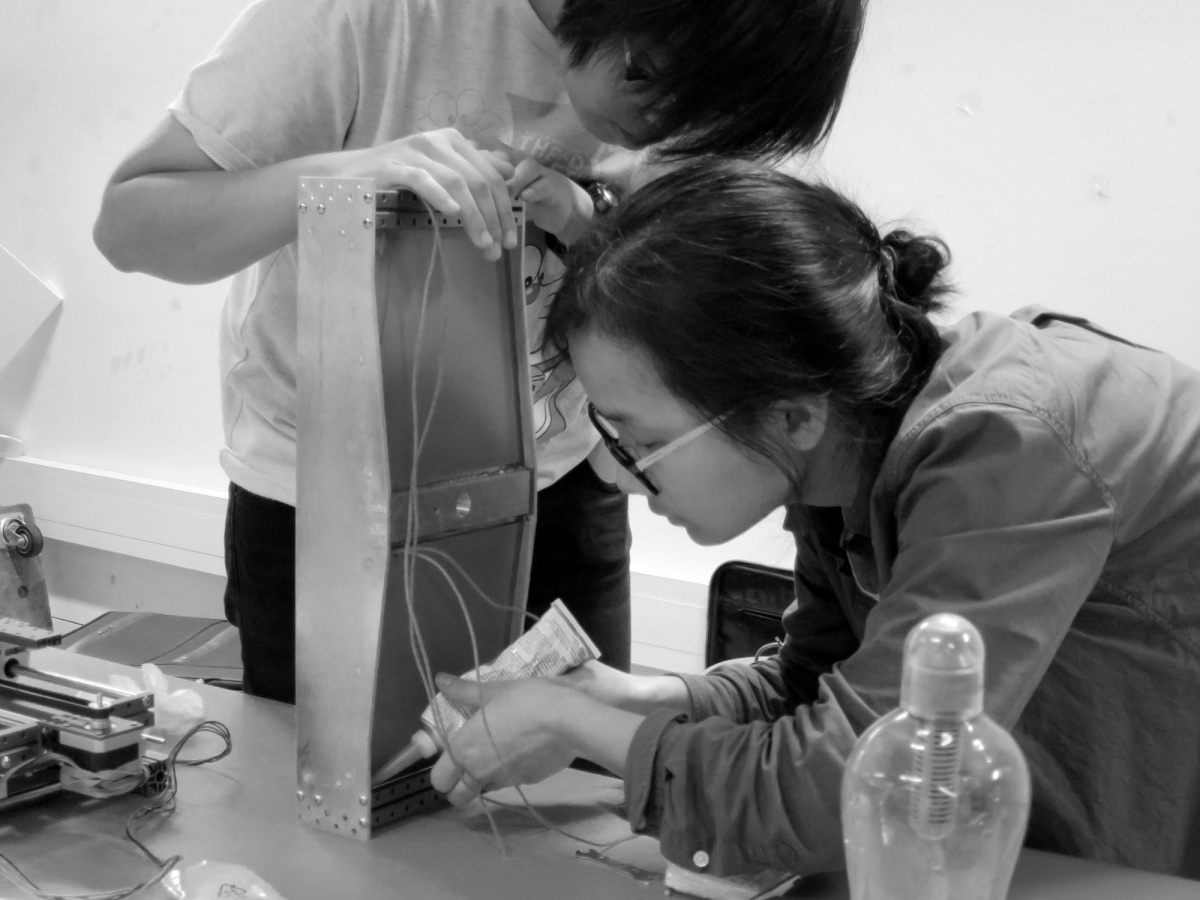
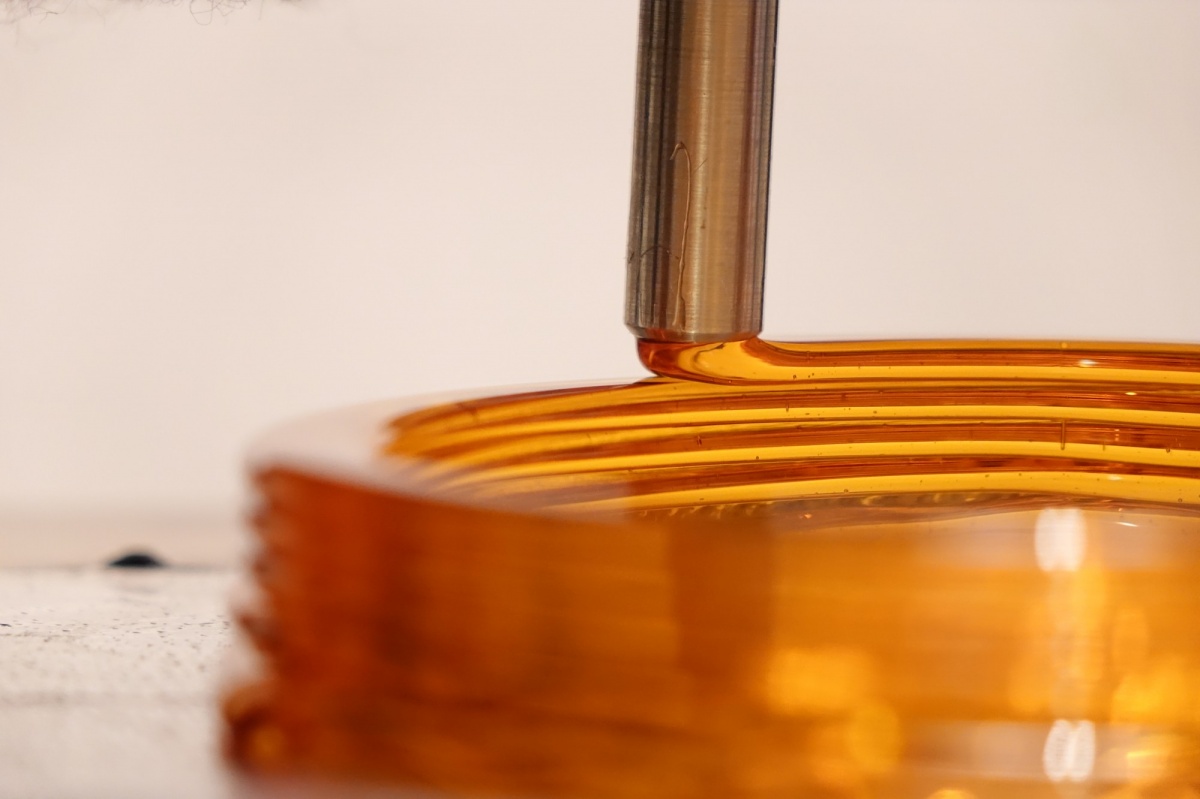
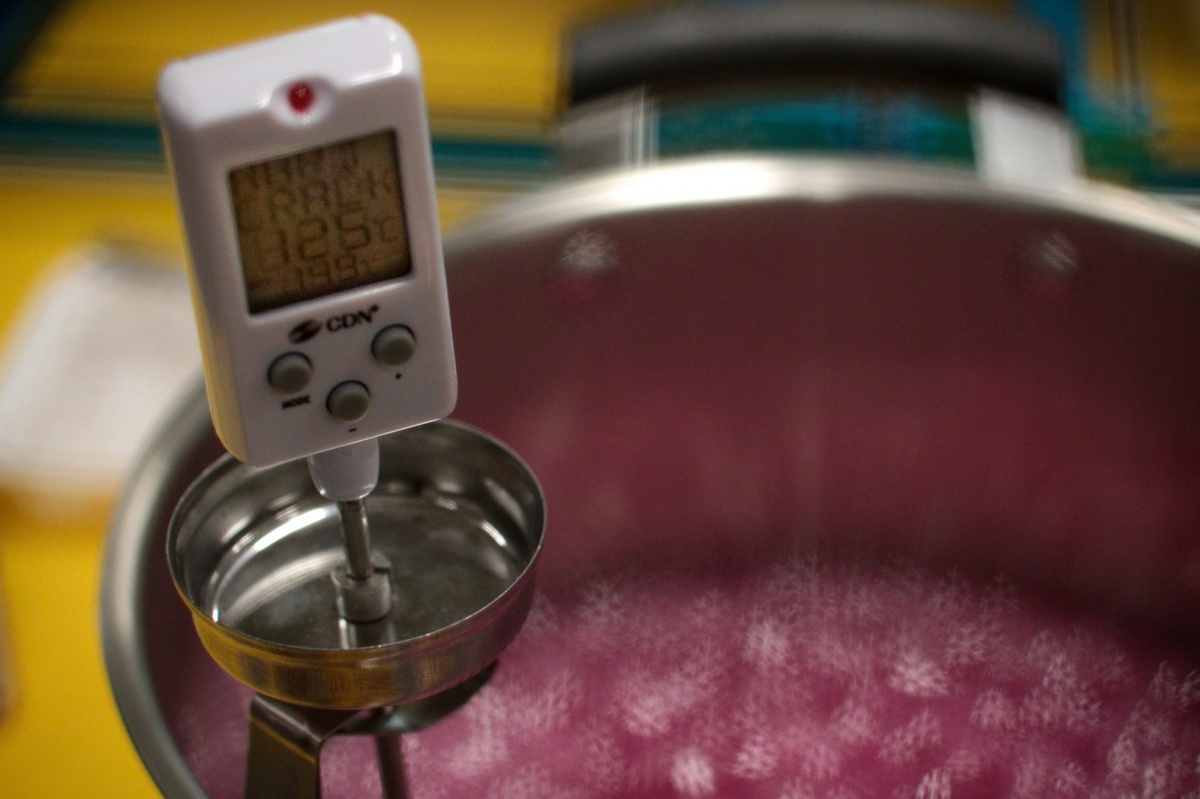
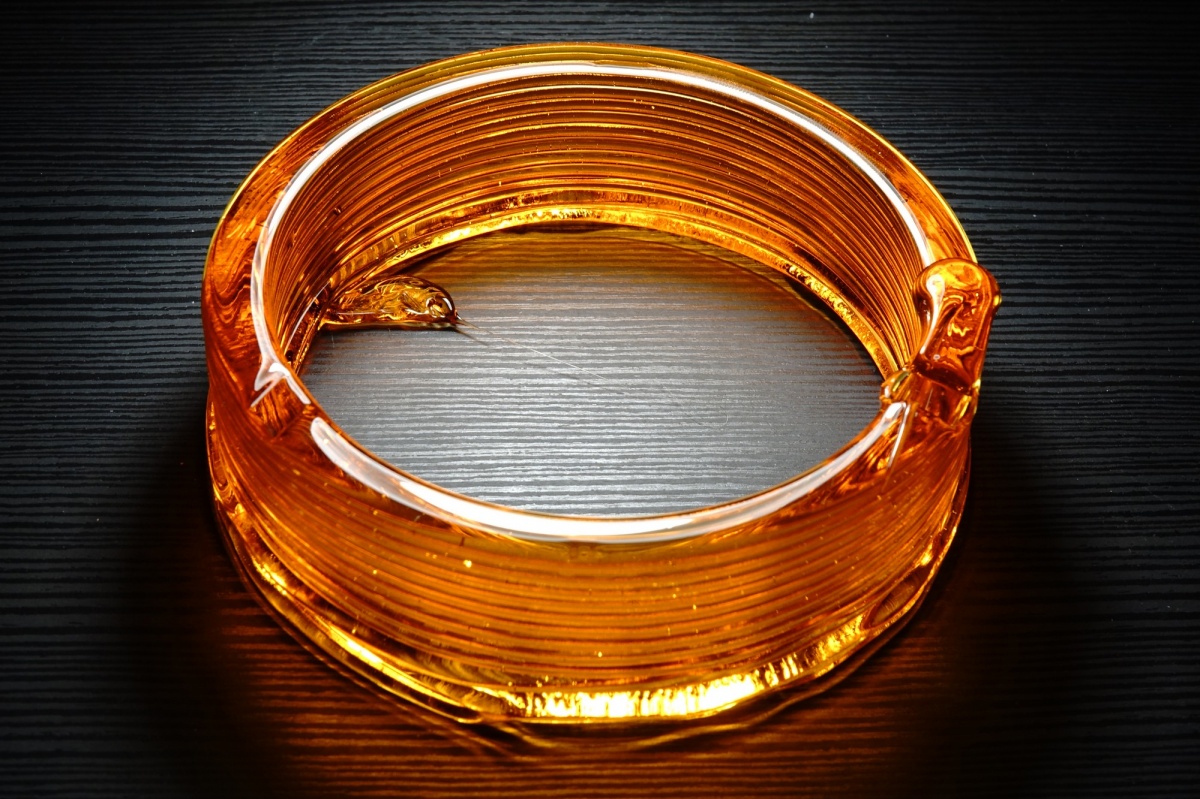
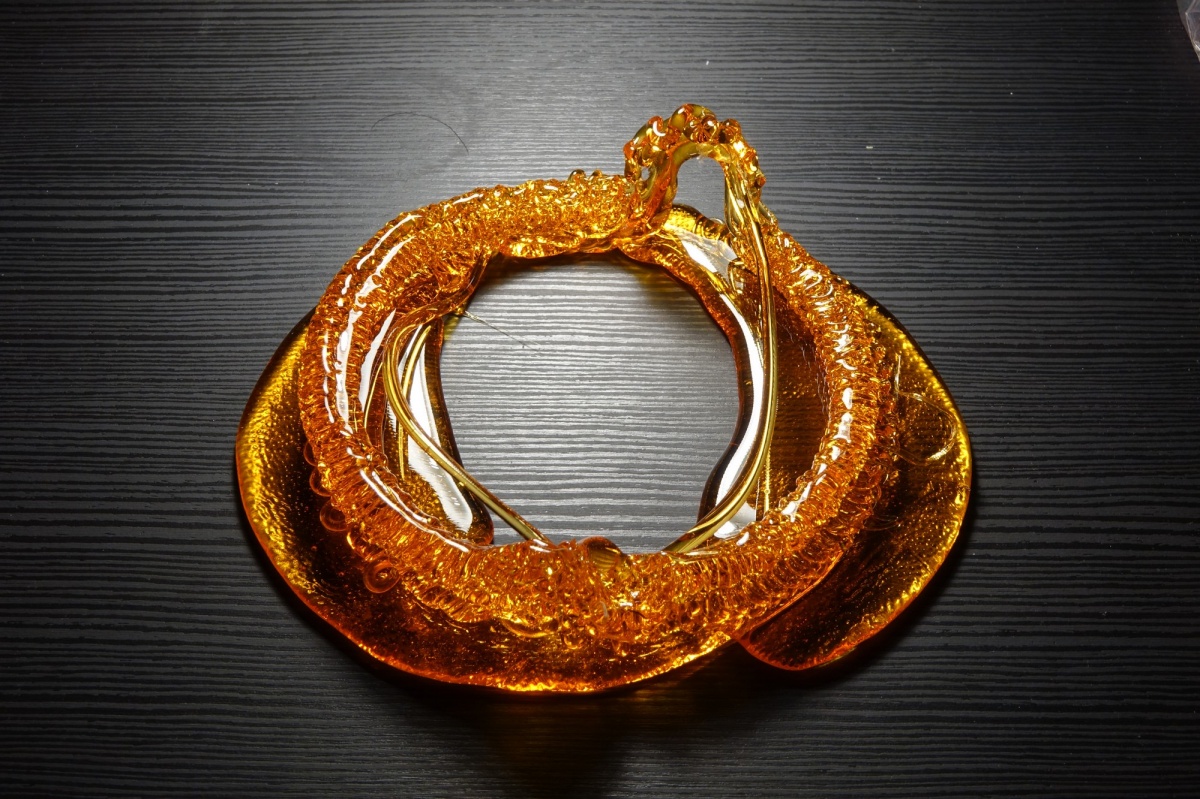
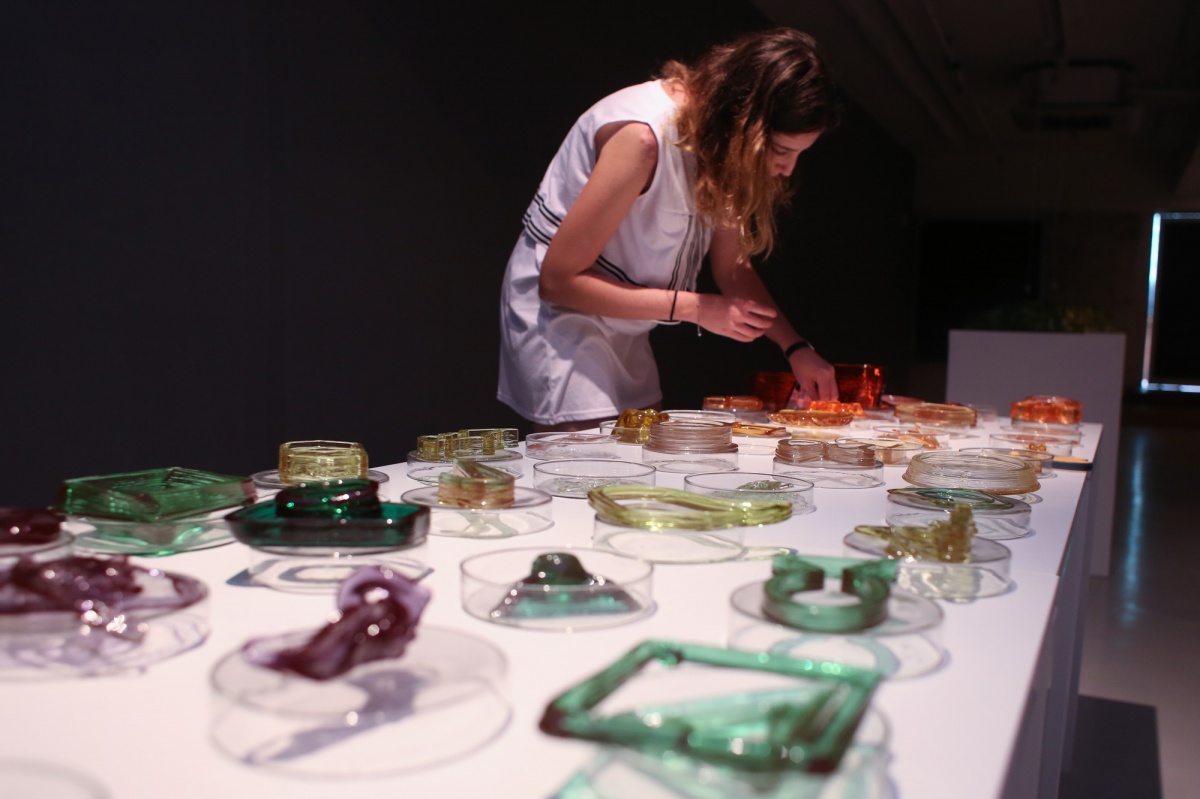
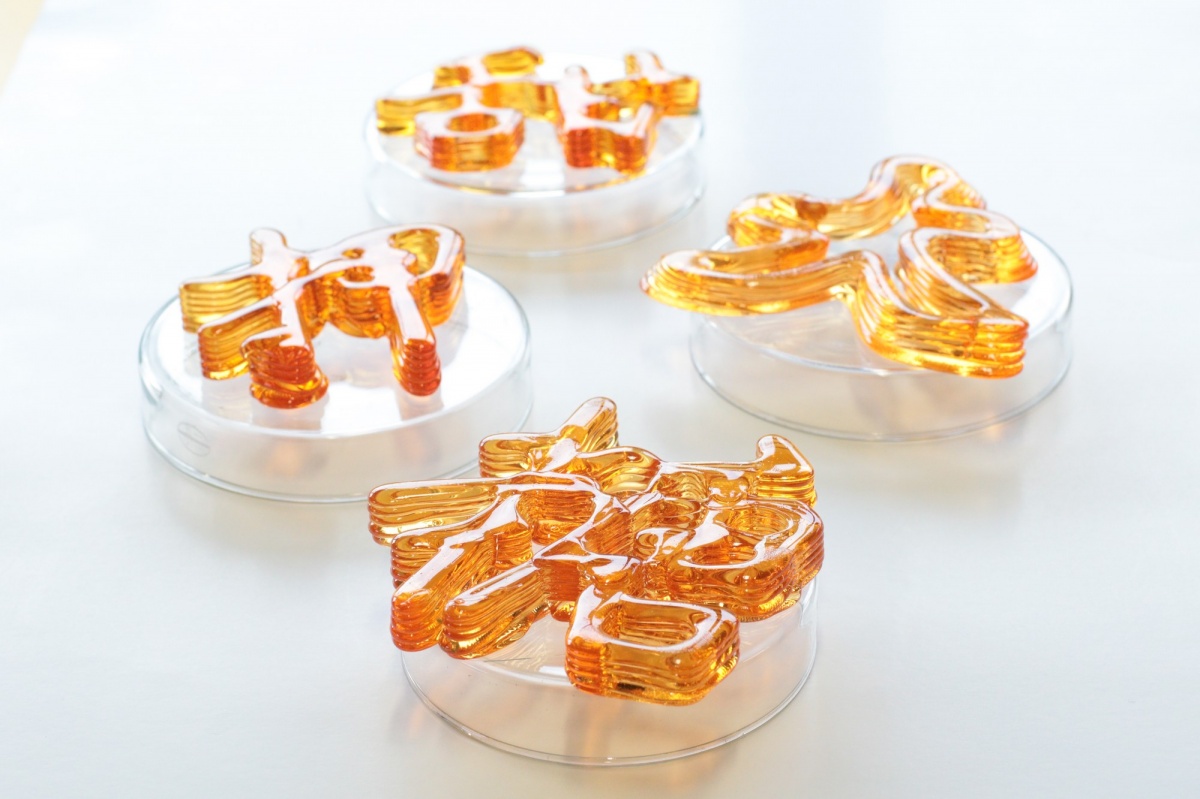
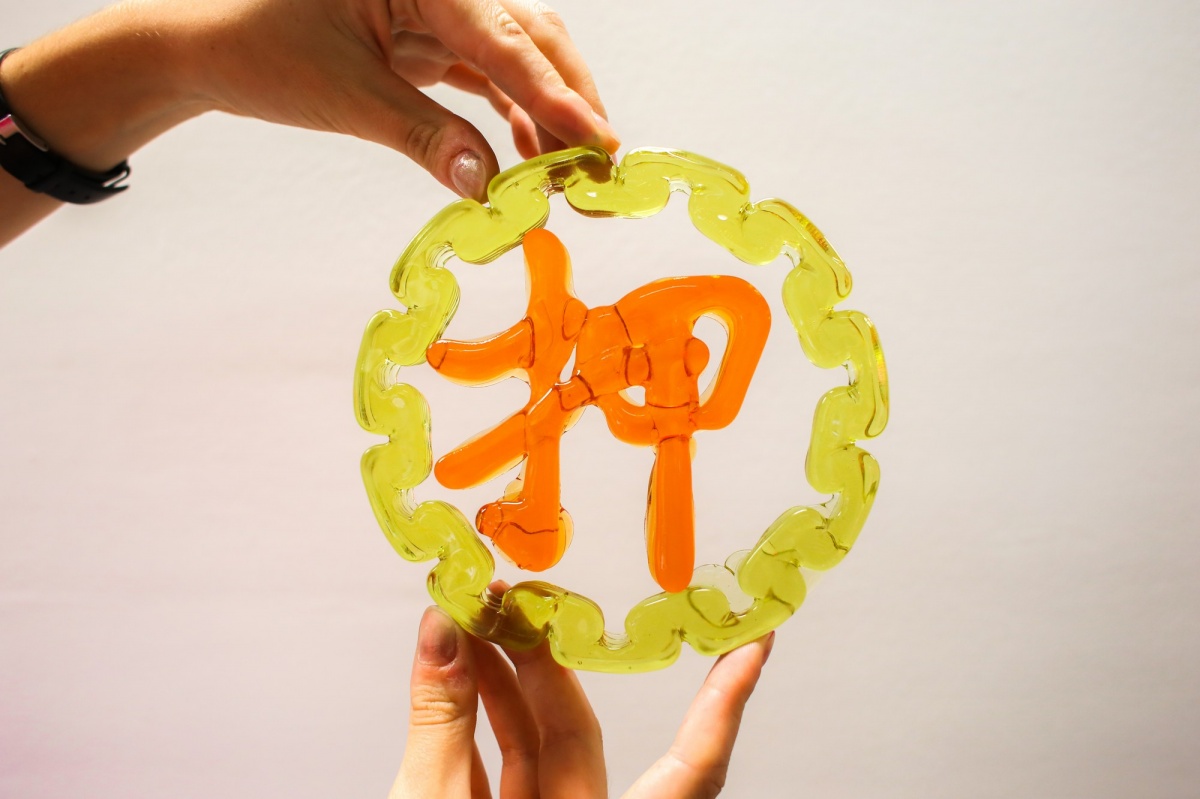
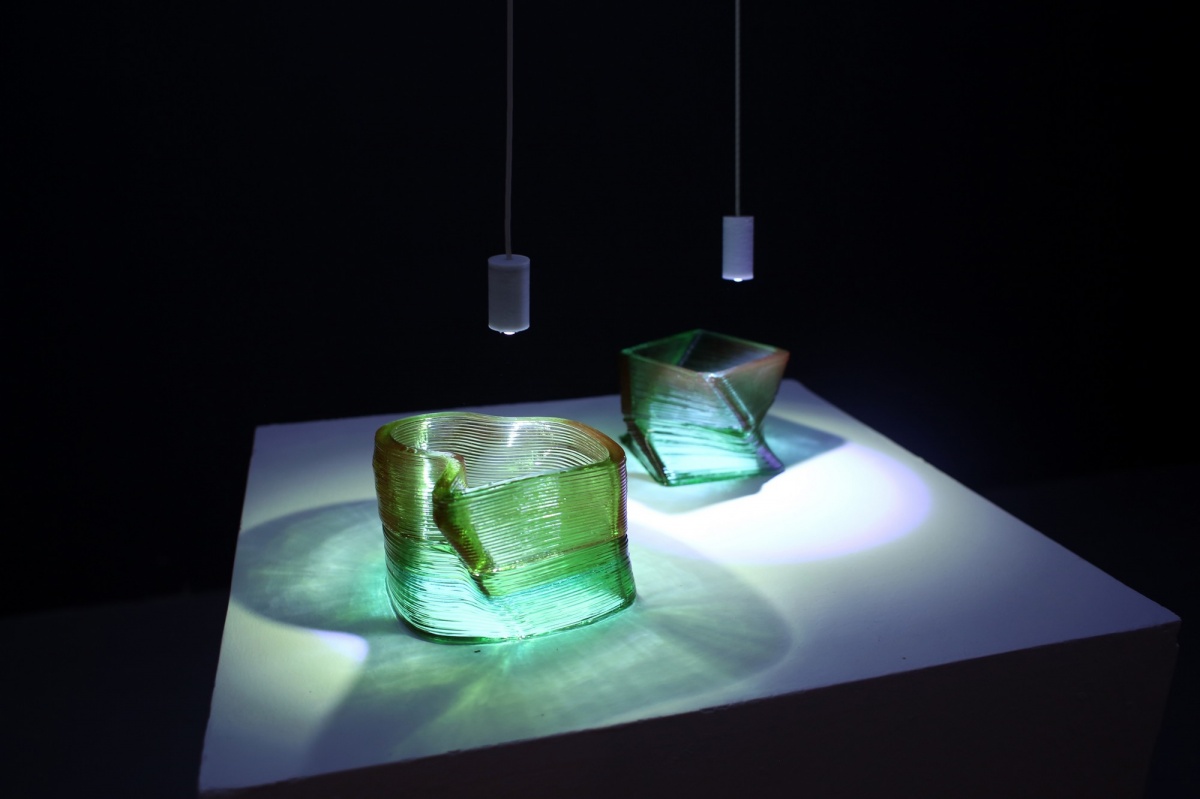
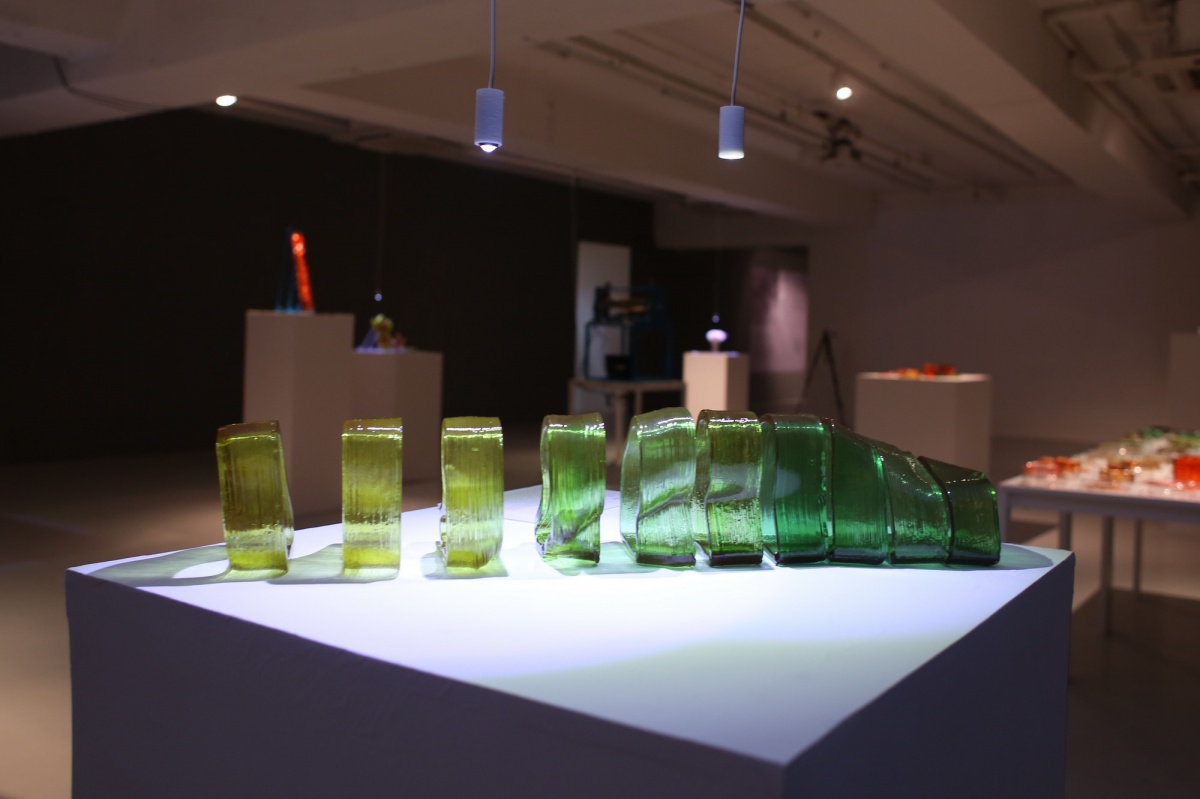
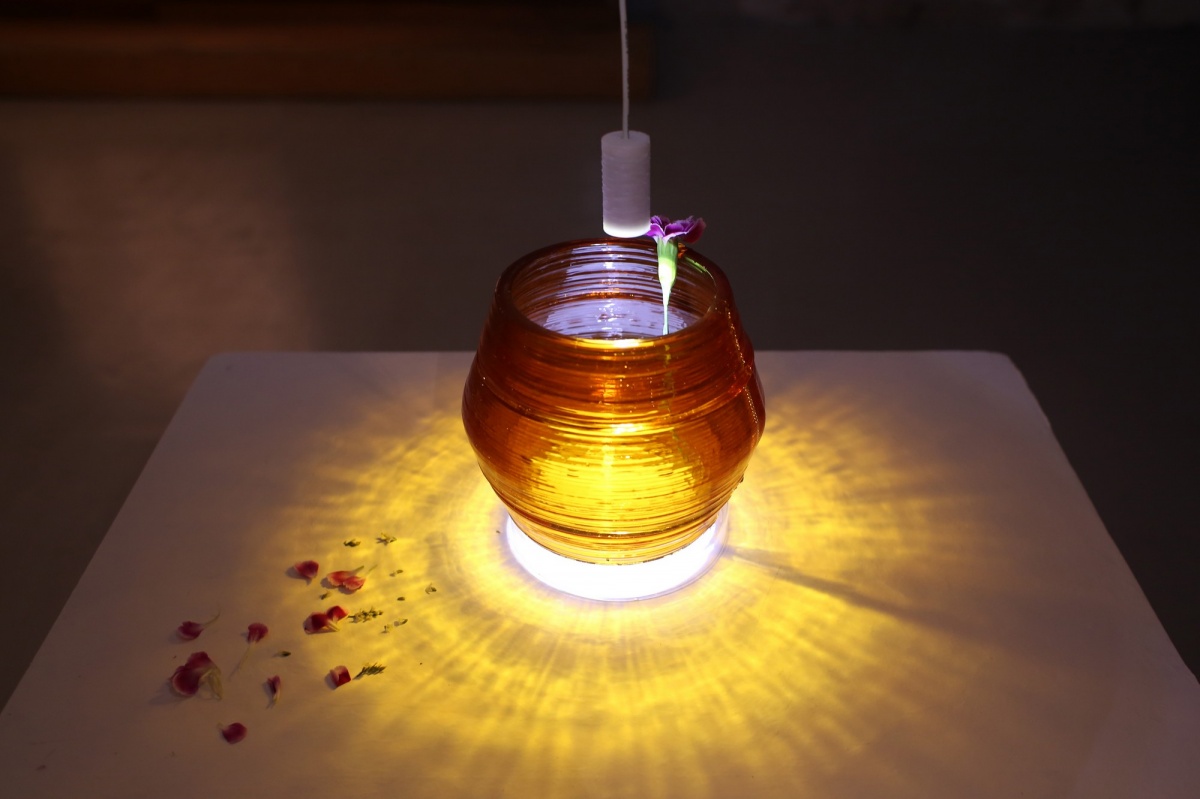
The workshop contains theoretical and practical sessions where students learn how to construct a CNC machine from scratch. Topics include stepper motor theory, motion control, CNC control, mechanical principles, motion transfer,precision mechanics, electronics, drivers, temperature control, G-Code programming, CAD CAM programming. Students go through a fast paced learning experience with a lot of hand-on participation to put the theory they learnt into practice.


The Sweetest CNC Machine
The sugar 3D printer developed by Victor is an indirect copy from the glass 3D printing project developed in MIT Media Lab. They both used a gravity feeding system from a temperature stabilized reservoir. Chikara Inamura from the Mediated Matter Lab helped designed the sugar printer, explaining the similarity of both molten sugar and molten glass as essentially slow flowing sticky liquid.
While 3D Printing technology is often portrayed by the media as the next manufacturing revolution. The general public typically have little understanding of the complexity involved when selecting and engineering a material suitable for the 3D printing process. The Dunning–Kruger effect seen in many people as they believe almost any material can be 3D printed is uncanny.  On the other hand, the common pessimism (particular in architecture schools) that accuse 3D printers for the lack of materiality, is another naive misunderstanding in the opposite end.
This molten sugar 3D printer designed by Victor serves no practical purpose other than printing colourful sculptures. The sculptures are way too unhealthy to eat, spontaneously melt in high humidity and attracts unwanted insects. However, it’s true purpose is the educational experience for students to explore the technology that enabled 3D printing in detailed depth. Understanding the complexity of CNC controlled robotics and fascinating material science that allowed us to appreciate the 3D printer as a marvel combination of the two science.











Menu
Work
About
Contact
AA Visiting School 2016 Hong Kong The Sweetest CNC Machine
The sweetest CNC machine is a 11-day robotics workshop in the Architectural Association Visiting School (Hong Kong) led by Victor Leung in July 2016. It is a workshop for participants interested in deeper knowledge about CNC control, robotics and 3D printing.
#Visits
2016
The workshop contains theoretical and practical sessions where students learn how to construct a CNC machine from scratch. Topics include stepper motor theory, motion control, CNC control, mechanical principles, motion transfer,precision mechanics, electronics, drivers, temperature control, G-Code programming, CAD CAM programming. Students go through a fast paced learning experience with a lot of hand-on participation to put the theory they learnt into practice.


The Sweetest CNC Machine
The sugar 3D printer developed by Victor is an indirect copy from the glass 3D printing project developed in MIT Media Lab. They both used a gravity feeding system from a temperature stabilized reservoir. Chikara Inamura from the Mediated Matter Lab helped designed the sugar printer, explaining the similarity of both molten sugar and molten glass as essentially slow flowing sticky liquid.
While 3D Printing technology is often portrayed by the media as the next manufacturing revolution. The general public typically have little understanding of the complexity involved when selecting and engineering a material suitable for the 3D printing process. The Dunning–Kruger effect seen in many people as they believe almost any material can be 3D printed is uncanny.  On the other hand, the common pessimism (particular in architecture schools) that accuse 3D printers for the lack of materiality, is another naive misunderstanding in the opposite end.
This molten sugar 3D printer designed by Victor serves no practical purpose other than printing colourful sculptures. The sculptures are way too unhealthy to eat, spontaneously melt in high humidity and attracts unwanted insects. However, it’s true purpose is the educational experience for students to explore the technology that enabled 3D printing in detailed depth. Understanding the complexity of CNC controlled robotics and fascinating material science that allowed us to appreciate the 3D printer as a marvel combination of the two science.










